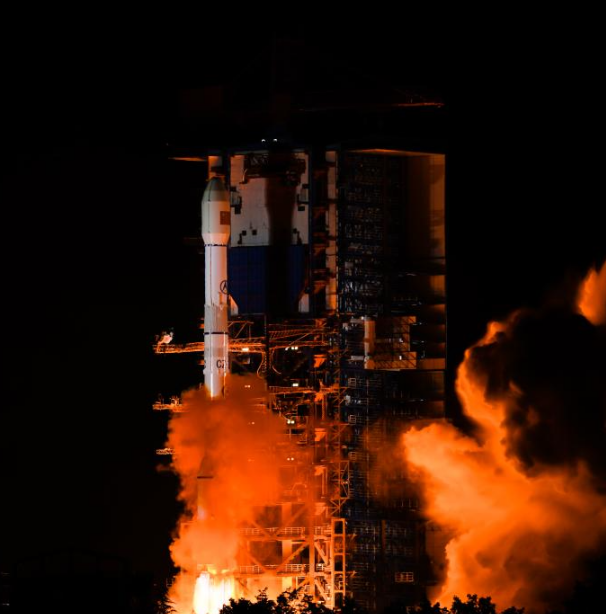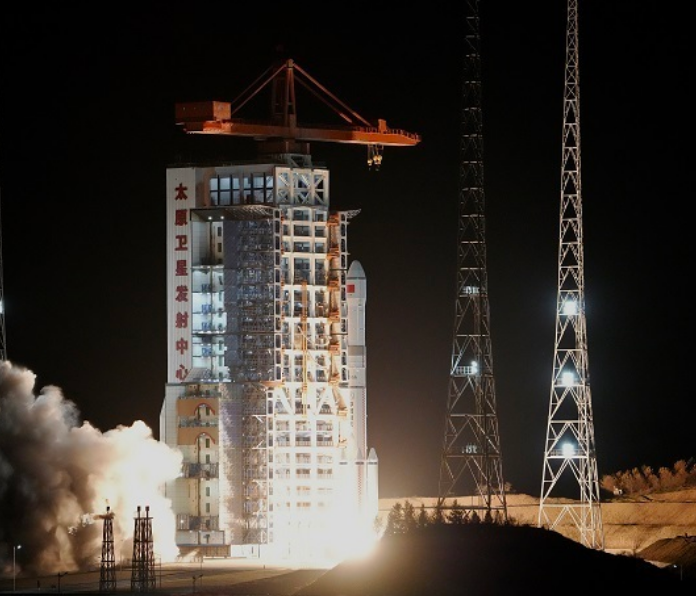23
2023-06
Mr. GUO Huadong, Academician of Chinese Academy of Sciences, Director-General of the International Research Center of Big Data for Sustainable Development Goals (CBAS), will participate in the Grand Opening Ceremony
The Grand Opening Ceremony for the Hong Kong Satellite Manufacturing Center and Satellite Operation Control and Application Center under Aspace Satellite Technology Limited (ASPACE) is scheduled to take place at the Advanced Manufacturing Centre (AMC) of Hong Kong on 25 July 2023, where ASPACE is located. Around 100 guests from the United Nations, international organisations, space agencies from different countries, well-known space enterprises, and academia will participate in this milestone, invitation-only event.
Mr. GUO Huadong, Academician of Chinese Academy of Sciences and Director-General of the International Research Center of Big Data for Sustainable Development Goals (CBAS), will join the event, have an on-site visit of the Satellite Manufacturing Centre and the Satellite Operation Control and Application Centre of ASPACE as a subsidiary of the Hong Kong Aerospace Technology Group Limited (HKATG), including the Assembly, Integration and Testing (AIT) facilities, Telemetry, Tracking and Command (TT&C) Centre, and the Satellite Data Application Centre. The Satellite Manufacturing Centre is believed to be one of the largest in the Asia-Pacific region. Mr. Guo will also discuss potential collaboration and prospects with HKATG.
The International Research Center of Big Data for Sustainable Development Goals (CBAS) is the first international scientific research organisation that utilises big data to help implement the 2030 Agenda for Sustainable Development. Among others, CBAS develops a Big Earth Data platform and operates a series of scientific satellites for SDGs that provide data sources tailored to measuring the SDG indicators.
The potential collaboration between the two parties will definitely benefit the satellite technology, manufacturing facilities, satellite operation and data applications capability provided by ASPACE for the socioeconomic development of all countries.
-
29
2025-05

Tianwen-2 Mission Launched Successfully
At 1:31 AM today, China successfully launched the Tianwen-2 planetary exploration probe from the Xichang Satellite Launch Center using the Long March-3B Y110 carrier rocket.
-
13
2025-05

Communication Technology Experiment Satellite No. 19 Successfully Launched
At 2:09 on May 13, China successfully launched the Communication Technology Experiment Satellite No. 19 from the Xichang Satellite Launch Center using a Long March 3B carrier rocket. The satellite smoothly entered its predetermined orbit, and the launch mission was a complete success.
-
12
2025-05

Remote Sensing Satellite No. 40, Group 02, Successfully Launched
On May 11 at 21:27, China successfully launched the Remote Sensing Satellite No. 40, Group 02, from the Taiyuan Satellite Launch Center using a Long March 6A carrier rocket. The satellite entered its predetermined orbit smoothly, and the launch mission was a complete success.









